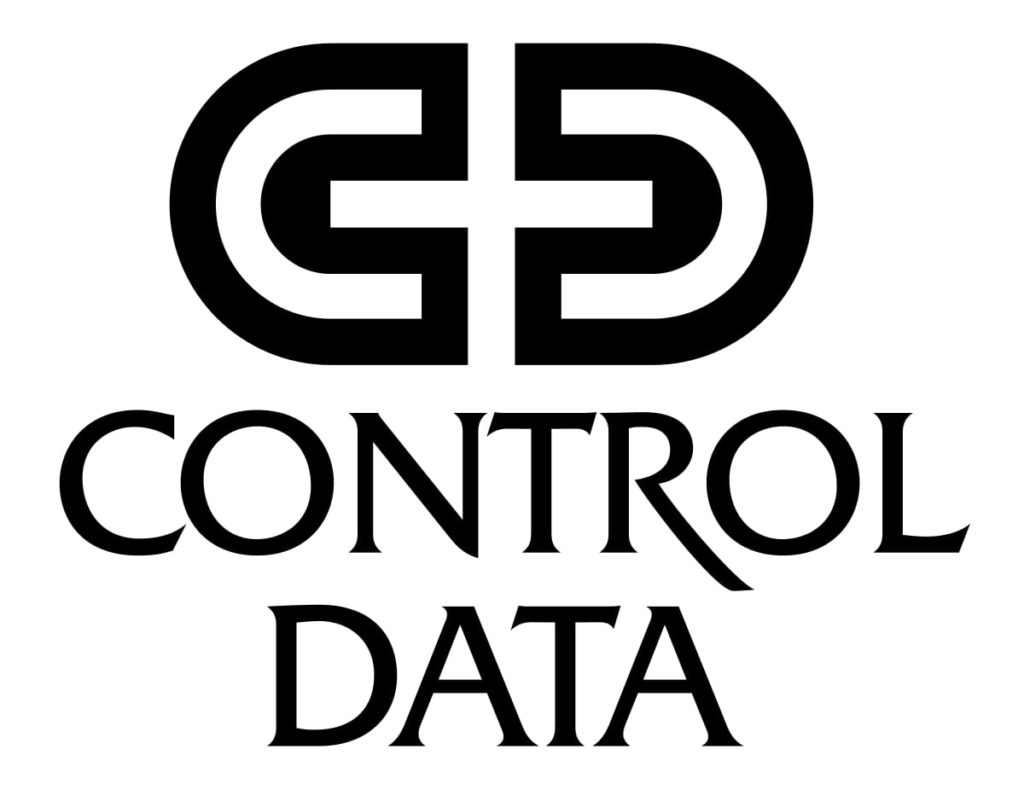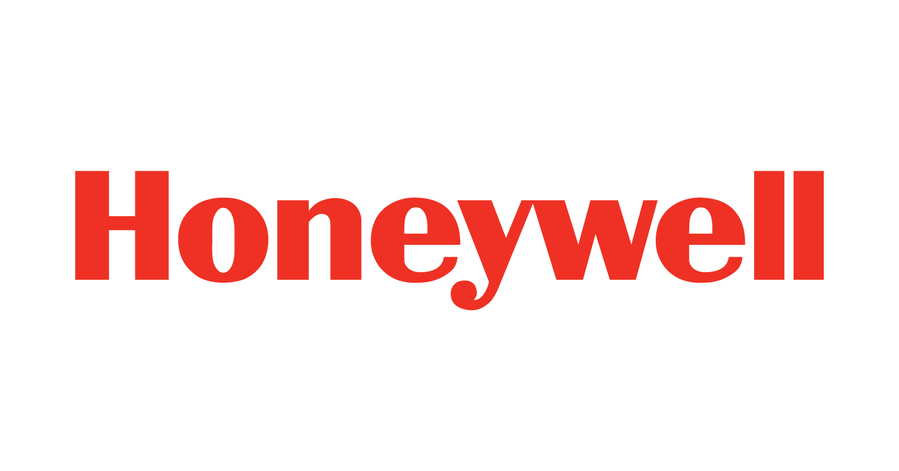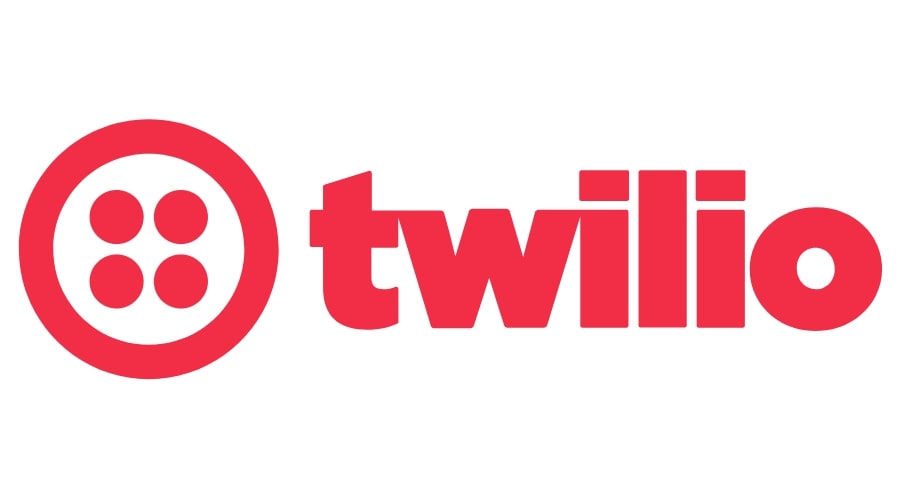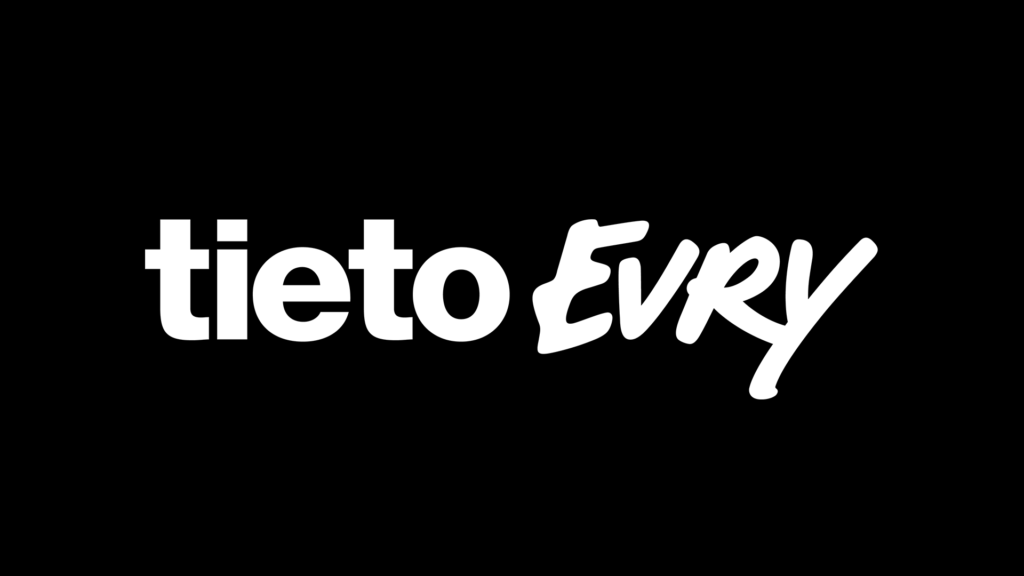Control Data Corporation – The Story of One of the Pioneers of Mainframe and Supercomputers.
There have been cases where companies do exceptionally well and stand as a tough competitor for their rivals at a time, and when the time changes, it becomes difficult for them to keep up with the changing trends, and they fall bad. The same thing happened with CDC (Control Data Corporation), a company founded in 1957, termed as one of the pioneers of the mainframe and the supercomputers. In the beginning years of the company, it easily became a part of the top ten leading computer manufacturing companies in the US. But the changing technologies made the company suffer huge losses, and it had to close most of its operations.
Foundation of Control Data Corporation
A couple of software engineers from a team (later became a company named Sperry) that worked for the US military in World War II established Control Data Corporation in September 1957. The company started its operations from an old warehouse in Minneapolis. William Norris became the first CEO, and Seymour Cray was the first chief designer of the company.
With enough experience, CDC started to build and ship the subsystems, including drum memory systems. The next year, the company built its flagship product, the CDC Little Character, one of the most successful products of CDC. In the following years, CDC also built products for the US Navy. The company is also allegedly credited for building one of the first minicomputers, i.e. the CDC 160A, a 12-bit version of 1604. The CDC 160A was the first computer to have an architecture of a standard office desk.
CDC 3000 series was CDC’s next famous series of the 60s. During the mid-60s, Seymour Cray, Jim Thornton, and Dean Roush were already working on a new computer design separately to improve the CDC 1604 and bring a more compact design computer to the market. The result was CDC 6600, a ten times faster machine that brought about $8 million to the company profits, and over 100 machines were sold. The CDC 6600 brought much-needed fame to CDC, and IBM started to consider the former as its rival.

During the same time, to grow and compete with companies like IBM, CDC started to acquire other small companies. As a result, CDC was now also developing peripheral products like tape transport. The peripheral lineup of CDC was making cheaper yet faster peripheral devices as compared to its rivals. CDC became one of the leading companies to supply hard disk drives through its Magnetic Peripheral Inc (Imprimis Technology) division. CDC is one among the three developers of the universal Advanced Technology Attachment (ATA) interface along with Compaq and Western Digital.
In the 70s, CDC also entered into the OCR system development business to replace the punched card technology and acquired Rabinow Engineering (one of the pioneers of OCR technology). But later, CDC had to close that business.
The next products from CDC were CDC 7600 and CDC 8600, which were even faster, but could not reach the expectation. In 1975, CDC introduced the STAR-100, a supercomputer that had its name registered in the Guinness Book of World Records for being the “most powerful and fastest computer”.
During the late 70s, CDC was selling CDC 6600 and 7600 under its CDC Cyber lineup. The company’s other ambitious and successful projects were Cyber 205, CYBER PLUS, Cyber 80, etc.
The ‘Fall’, and Formation of Ceridian
The 80s was the most challenging decade for CDC. It was selling the machines but was unable to produce competitive designs as per the requirements. With the rise in competition, the company started to sell some of its business bit-by-bit, starting with PathLab Laboratory Information System in 1987, followed by VTC, Ticketron, and CDC in 1992. CDC was then left with its service business, which is renamed Ceridian, a company that is still operational.
Ceridian, today, is following its legacy and is working as one of the leaders in the field of IT outsourcing, mainly as a human resource company. Ceridian is active in five major countries, i.e., the USA, Canada, Europe, Australia, and Mauritius. It is a publicly traded company and has its headquarters based in Minneapolis, Minnesota, USA.
The Key People in the Formation of CDC
William Norris was the first CEO and one of the founders of CDC. He was born on 14 July 1911 in Red Cloud, Nebraska. He went to the University of Nebraska and started his career as an X-Ray equipment seller for the Westinghouse Corporation in Chicago.
Later, Norris joined the US Navy as a codebreaker and became the lieutenant commander in the next few years. After World War II ended, he along with Howard Engstrom and other US Navy cryptographers, formed the Engineering Research Associates (ERA) in January 1946, a division that worked for the US Navy. After multiple restructuring of ERA, Norris with a few other employees left the company and established Control Data Corporation in 1957. Norris was unanimously selected as the president and the first CEO of CDC.

Yashica is a Software Engineer turned Content Writer, who loves to write on social causes and expertise in writing technical stuff. She loves to watch movies and explore new places. She believes that you need to live once before you die. So experimenting with her life and career choices, she is trying to live her life to the fullest.




